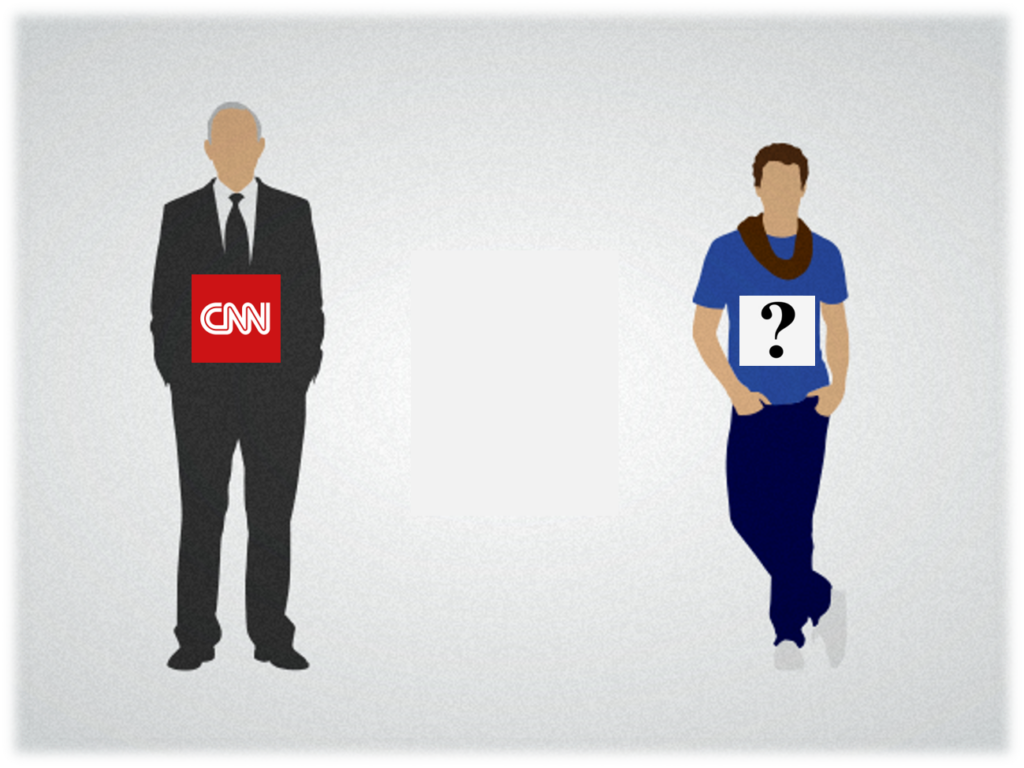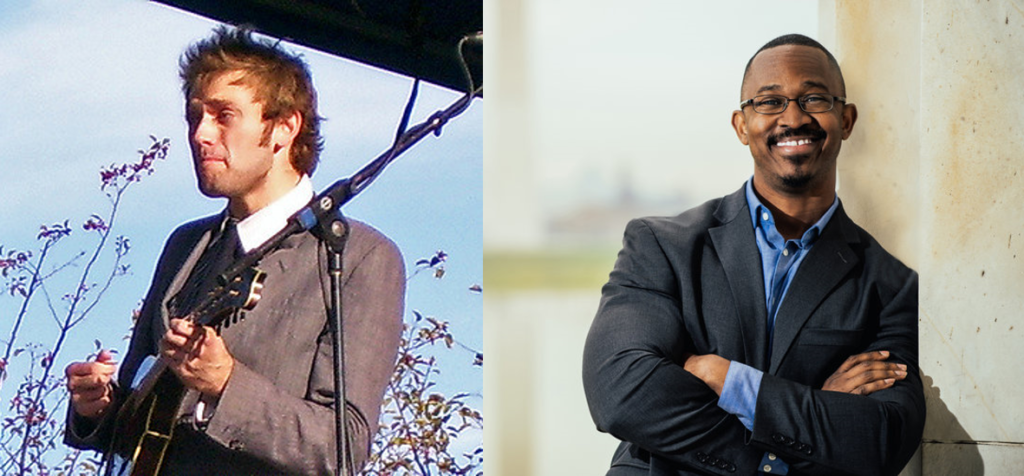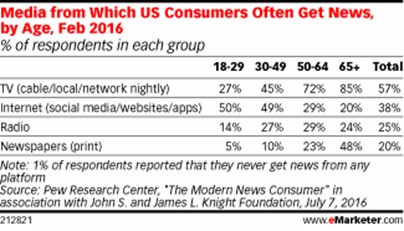
Last week, CNN made what could be a major move in the wake of a successful Presidential election campaign which signaled a sizable ratings boost.
They hired a YouTube celebrity.
Casey Neistat (pictured below right) s a name you’ve probably never heard of. Yet, he took top honors to win Adweek’s “Digital Creator of the Year” award. He attracts 155 million people monthly to his YouTube daily video blogs. And he hawks brands like Nike and Samsung.
Neistat has also created mobile apps, including an app for the election called “Exit Poll” that let users announce their political voting choice and why they made that decision.
So, what is CNN thinking in the wake of its great ratings in 2016? In a staff memo, EVP of editorial, Andrew Morse, wrote that Neistat’s hiring  is an effort to “future-proof” the brand.
is an effort to “future-proof” the brand.
The cable news audience is aging, and as more and more Millennials cut the cord and venture off to social media sites and other platforms for information and entertainment, Wolf Blitzer, Jake Tapper, and even Anderson Cooper aren’t going to easily connect with Millennials, much less their Gen Z siblings.
Radio’s no stranger to this logic train. In fact, a number of iconic public radio programs are in the process of replacing their iconic hosts. While this exercise can be disruptive for the legacy audience, recasting traditional shows provides an opportunity to “future-proof” them.
That may have not worked out so well for Car Talk, but several other public radio mainstays are experimenting with new and younger hosts in an effort to achieve stability, as well as to make inroads with new generations of listeners.
This fall, Garrison Keillor stepped away from American Public Media’s A Prairie Home Companion, and was replaced by a young, talented mandolin player, 35 year-old Chris Thile. In just the few weeks since he took over, Thile has hosted Trey Anastasio and Jack White – a decided departure from the folksy regulars from former show.

The Diane Rehm Show is facing the retirement of its eponymous host. But in this case, the change will be more dramatic. Starting in January, the show’s new name is 1A (inspired by the First Amendment), and it will be hosted by Joshua Johnson, who has had successful public radio stints at both WLRN (Miami) and KQED (San Francisco).
And these aren’t the only two public radio shows facing similar challenges. Beyond creating a host “succession plan,” the bigger win is recasting programs with the hope of appealing to both traditional and up-and-coming listeners with different sensibilities and media habits.
As CNN and NPR both know, these challenges aren’t just in the content areas, but also with distribution. As Millennials lead the way in podcast and on-demand audio usage, the need for networks and stations to provide a wider range of options and services becomes even more critical to long-term survival.
A Pew study from earlier this year – “The Modern News Consumer” – makes a clear case for both radio and television executives to rethink the generational givens, especially when it comes to Millennials. As the chart published in eMarketer clearly shows, the Internet is prime turf for the younger generation’s news consumption, while both TV and radio face serious challenges. The 18-29 year-old column should make any traditional media strategist gasp.

Interestingly, many commercial radio shows and national personalities are facing these same speed bumps, but it’s rare to hear networks, syndicators, or stations address the issue. Radio’s talent base in certain formats and situations is aging, and solutions will need to be found if shows are able to sustain themselves.
In just the past couple weeks, both WROR’s Loren & Wally Show and WBGG’s Paul & Young Ron Show announced key retirements as Wally Brine and Ron Brewer both announced that waking up at 4a.m. is no longer desirable. In WROR’s case, the show has transformed over the past few years and now includes Hank Morse and Lauren Beckham Falcone, along with the talented and savvy Loren Owens. At WBGG, Paul Castronovo will undoubtedly conjure up new casting tactics to replace the outgoing Brewer.
But CNN’s move with Casey Neistat is more than just plugging in a new cast member into CNN’s aging lineup. Adweek reports the YouTube star will be launching the equivalent of a new media company. The cable network indicates Neistat will debut a new media entity this summer that will focus on storytelling for the Gen Y audience that every company covets.
If traditional media – major networks or small local stations – are to survive the changing generational waves – or perhaps we should call it a tsunami – it will require bold moves, risk-taking, and innovation.
Have you “future-proofed” your brand?
Understanding your audience and the media, technology, & gadgets they use is the first step in “future-proofing” your brand. Learn about how your station can participate in our Techsurvey13 fielding next month. Information here.
- What To Do If Your Radio Station Goes Through A Midlife Crisis - April 25, 2025
- A 2020 Lesson?It Could All Be Gone In A Flash - April 24, 2025
- How AI Can Give Radio Personalities More…PERSONALITY - April 23, 2025




Radio hasn’t only largely ignored the platform changes that younger listeners and would be listeners favor, it pretty much shut down its talent bench when it embraced voice tracking. With very little live talent in nights and smaller markets, there’s no place to develop the replacements for Wally Brine and Ron Brewer. Talent like that are the main thing that separates radio from Pandora and it appears that those chickens are coming home to roost.
This is the stuff that stock analysts don’t understand – they just look to the next quarter’s results and radio seems, for the most part, to have followed that lead. The next 5-10 years will be interesting as heritage morning personalities decide to retire.
I think so, too. I get the feeling there are some companies, shows, and hosts that are on this and planning accordingly. But as you note, so many others will be caught without a succession plan. Appreciate the comment, Bob.